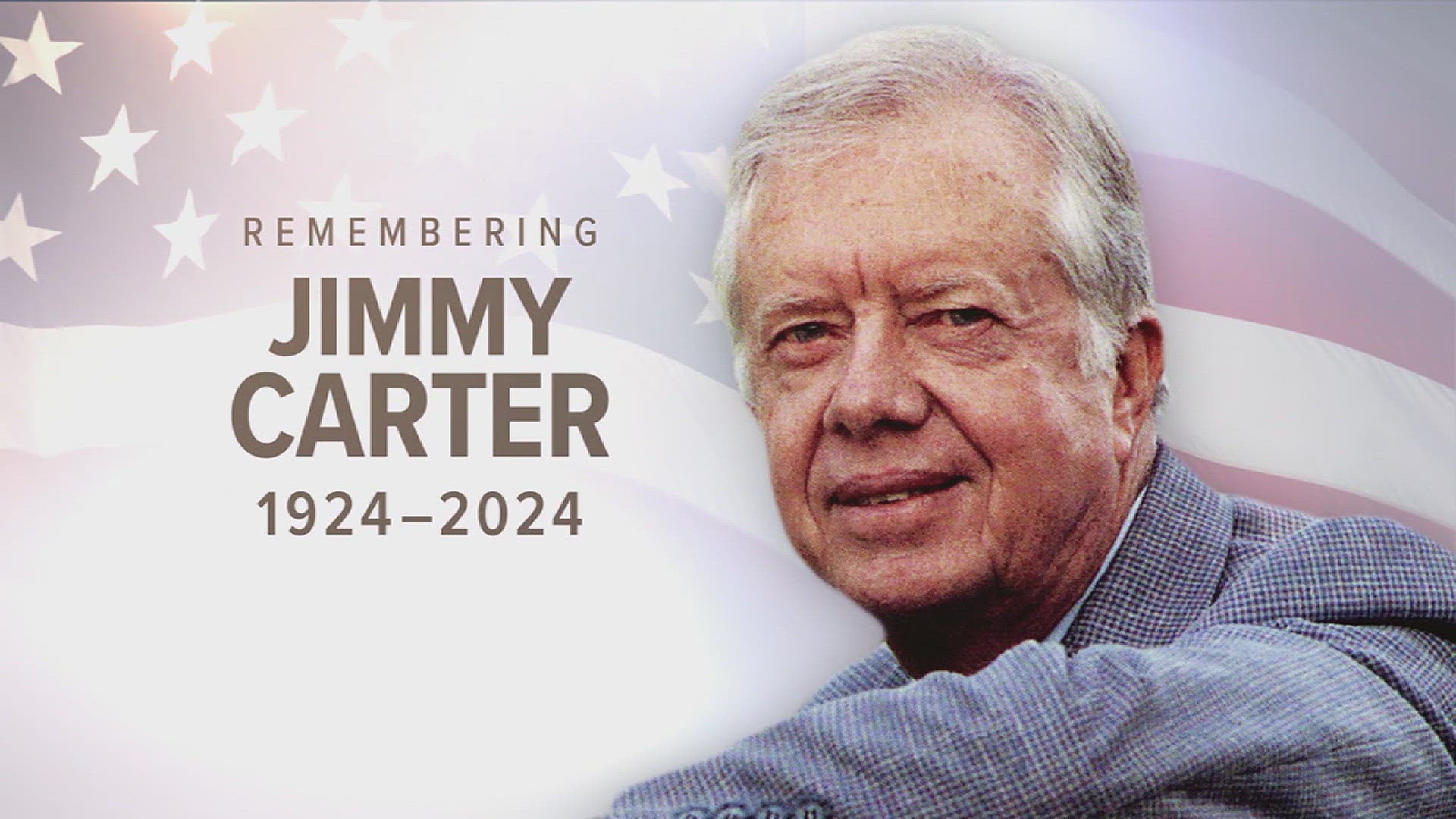(Akiit.com) “…a man whose father less than 60 years ago might not have been served at a local restaurant can now stand before you to take a most sacred oath.” President Barack Obama’s line in his inaugural speech was short, pointed and it passed too fast. But the sentiment and the message behind it were monumental. It was not solely a mild reminder that a half century ago a poor, hard core segregated and racially isolated, Washington D.C., mocked the nation’s flowery claim to be the fount of democracy. Nor did Obama make the point to show just how far the nation has come to put him in the White House.
It was a painful reminder that segregation is still a fresh memory. Here’s how fresh that memory is. A bare ten years before Obama was born, the ailing President of the National Association of Colored Women, Mary Church Terrell led a parade of pickets in front of several downtown Washington D.C. restaurants. Terrell demanded that the restaurants serve blacks. Terrell was hardly the first to pound on the Washington restaurant owners to drop the color barrier. The fight against the segregated restaurants had been going on for years. A federal district court finally struck down the restaurant ban in June, 1953.
The restaurant battle had much greater meaning for blacks and touched a much deeper primal anger than the other segregation fights. As rotten as the Jim Crow housing, schools, and hospitals that blacks were forced to attend, live in and get sick in, they had access to them. The restaurants were another matter. They were totally closed to blacks and this was the ultimate insult.
Blacks repeatedly hit a granite wall of resistance to opening them up. The greatest resistance of all came not just from restaurant owners but from the same Congress that Obama departed from. In the decade before the court ruling Congress could have easily passed legislation banning discrimination in public accommodations. It refused. The NAACP repeatedly demanded the ban. But Congress dominated by Southern Democrats and Northern Republican conservatives took the cue from the pithy remark by a former congressman in the 1930s who assured that Congress did not have to pass any law exempting restaurants from observing the segregation laws in force in the Capitol.
Things stayed that way until the court ruling in the 1950s. But the court ruling didn’t totally mark a racial sea change in the Capitol. Schools, top city government jobs, hospitals, and housing were still segregated by law or practice. Even as the barriers of segregation fell in D.C. the 1960s, schools and housing stayed just as black, poor, and segregated as decades earlier. The private school that Obama’s daughters now attend would have been slammed shut to them a few decades ago.
Obama made the Jim Crow restaurant reference in part to make the point that there has been undeniable racial progress and not just with his election. Washington D.C. is now a black run, black administered city. The suburbs surrounding the Capitol are loaded with high income black executives, white collar professionals, and businesspersons. Princes George, County is year in and year out ranked as the richest and most prestigious areas in the nation for blacks. But Washington D.C. is still a racial schizoid city. Poor blacks live in the same racial isolation that their grandparents, even their parents lived in.
While Congress has loosened the reins of control on D.C. during the past decade, it has also beaten back moves for full home rule. It was no accident that many of the black viewers that watched the inaugural speech at the gathering I attended gave head shakes and knowing nods at Obama’s mention that his father (and he) couldn’t have gotten past the doors at the Capitol’s Jim Crow restaurants. Segregation was not just a faint memory of a distant and by gone past to many of them. It was a painful, living experience that can’t or shouldn’t be forgotten. Thankfully, Obama made sure of that.
Written By Earl Ofari Hutchinson









Leave a Reply